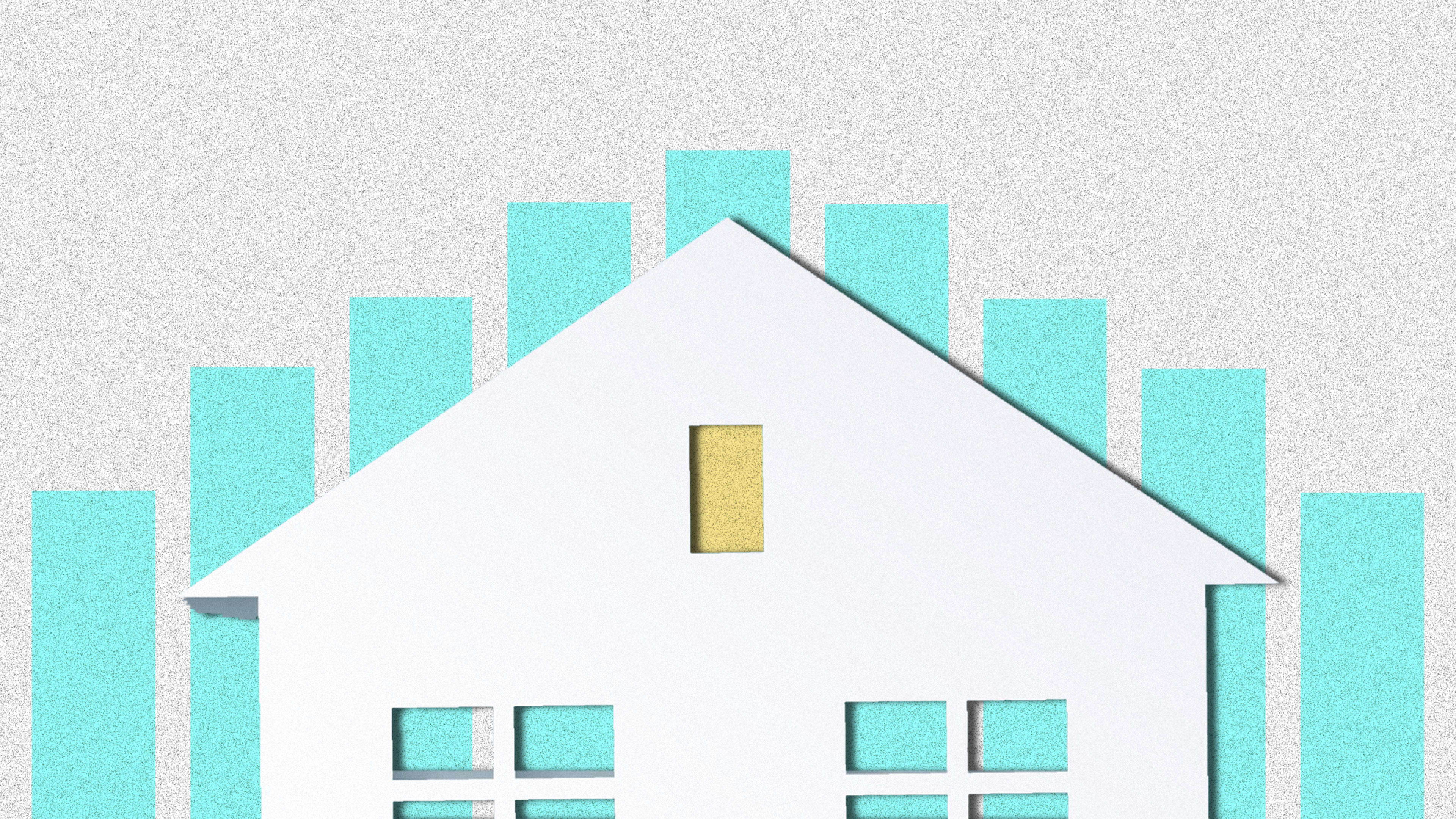The most frequent reaction to last week’s news that Comcast will subject all its residential broadband customers to a 1.2 terabyte monthly data cap has been “How could they?!” Broadband experts consistently say there’s no technical reason to enforce usage limits on wired connections such as cable internet.
A less frequent reaction: “How could you?” As in, how could any one person possibly burn through that much data in a month?
The threshold that Comcast will start enforcing next year on subscribers in the northeast does, indeed, allow for a lot of online life before getting socked by surcharges of $10 for each extra 50 GB, up to $100 a month. For example, streaming 200 hours of high-definition Netflix (at 3 GB an hour) would still leave half that 1.2 TB allocation free. Comcast claims that about 95% of its customers nationally do not reach that threshold.
But as users who have ascended these heights of data use can testify, it’s never just one or two things. With entire families working and learning remotely, data use can add up quickly.
“We’re streaming video for work, we’re streaming video for school, and we’re streaming video for entertainment,” emails Avi Greengart, president and lead analyst at research firm Techsponential. “If you have multiple people in your household, these activities get multiplied.”
And don’t forget all the devices that make their own data demands when you’re not looking: “Those huge system, app, and game updates on game consoles, computers, and phones (over Wi-Fi) add up, too.”
Along with almost every other internet provider, Comcast suspended its data cap to help Americans work and learn from home to avoid the coronavirus pandemic. Comcast then reinstated it in July at the higher 1.2 TB level but continues to exempt business accounts that individual users can open.
Carolina Milanesi, a Bay Area-based analyst with Creative Strategies, estimates that most of her usage is due to working from home, after which her home-schooled daughter’s YouTube streaming on their 4K TV bumped them across that line. She had already opted to pay for unlimited data, now $30 extra a month, after getting repeatedly dinged for going over the 1 TB limit Comcast enforced last summer.
For those whose usage gets into the TB range, keeping under Comcast’s new data cap can be maddeningly difficult when the internet providers responsible provide no useful data-management tools. “If network operators want you to track your usage, they should be making it dead simple for average consumers to do so,” says Greengart.
For instance, the apps Comcast provides with the xFi gateway it rents for $14 a month indicate each device’s percentage share of daily traffic but do not report their consumption in gigabytes. (Spending an extra $11 on Comcast’x xFi Complete bundle will remove the cap.)
“You can see your overall usage, but it doesn’t break it down,” Milanesi complains. Her Eero router could offer more detailed insights with its $29.99/year Eero Secure service, but there isn’t much to be done about a cooped-up kid’s TikTok habits: “I’m not going to crack down: ‘No, you can’t be online now.'”
The pandemic made an existing situation unmanageable for another Comcast user in Silicon Valley.
“I was always right under the cap,” says Pat Lee, a technology executive who asked to leave his employer unmentioned. “And then with the pandemic, all of a sudden I go from nobody at home during the day to my wife and I both remotely working, videoconferencing all the day, and both our kids remotely learning.”
He now regularly exceeds the 1.2 TB line by a few hundred gigabytes, leaving him stuck paying the unlimited-data charge. As with Milanesi, his kids are a big reason.
“Half of the time, their socialization is chatting with friends in online games,” he says. “I don’t want to tell my kids, stop playing games with your friends.”
Lee noted that he replaced Comcast’s router with a UniFi Dream Machine that allows far more customization and offers detailed usage tracking for those with sufficient technical knowledge to parse its readouts. Lee emailed a screengrab showing that his data use breaks down into three main categories: “media streaming services,” “network protocols,” and “web services.”
Shashi Bellamkonda, a marketing vice president at the Columbia, Maryland, sales-software firm Leap, will become liable for Comcast’s overage fees starting in April, thanks to the company extending them to the Washington area.
He said in an email that Comcast reported he used 2.26 TB last month, which he attributed to him and his wife working from home while their two kids learn remotely. “This is the wrong time to start charging overages,” he wrote.
Exactly what apps pushed them to those heights remains a mystery. The Google Wi-Fi router they use lists his Roku media player as the top bandwidth consumer—but since most of that involves streaming Comcast’s own TV, that usage shouldn’t count against the cap.
“It’s a pain to be constantly monitoring data usage,” he says.
Bellamkonda, unlike Milanesi and Lee, has a choice in broadband providers. But switching to Verizon’s FiOS, which has never enforced a data cap, would require paying an early-termination fee to get out of his two-year Comcast contract.
Greengart of Techsponential is himself a FiOS user, but he agrees that no providers should be pushing caps. “In the middle of a pandemic, limiting your connection to the outside world may have adverse employment, educational, or health impacts,” he says.
Recognize your brand’s excellence by applying to this year’s Brands That Matter Awards before the early-rate deadline, May 3.
